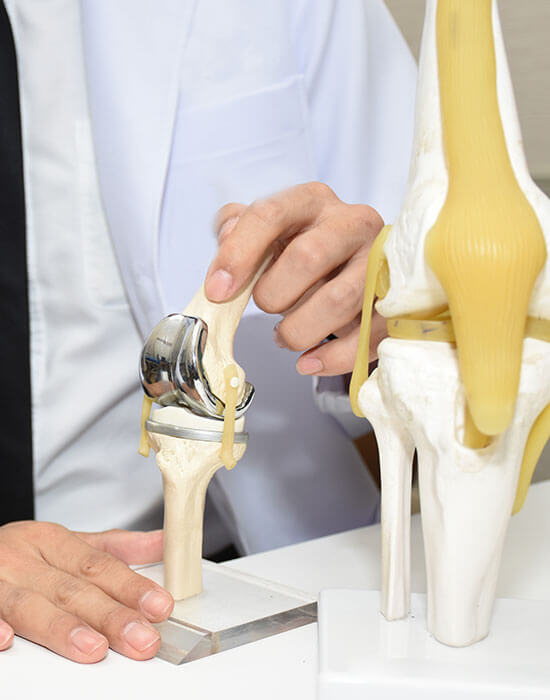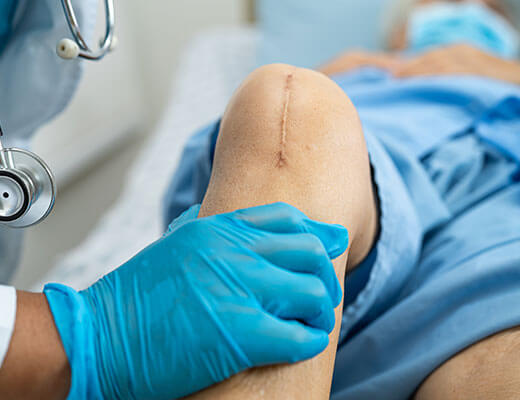Total Knee Replacement Surgeon In Patna, Bihar
A cutting-edge procedure, knee replacement surgery involves the substitution of a deteriorated or injured knee joint with a state-of-the-art artificial joint crafted from materials like metal or plastics. Dr. Jaswinder Singh, based in Patna, is your trusted expert for this transformative surgery. Dr. Singh delivers personalized diagnostic assessments and tailored nonoperative and operative treatment strategies. Renowned for his specialized care, he ensures comprehensive support throughout the surgery and the crucial postoperative phase. Schedule an appointment at Dr. Jaswinder Singh's office today to embark on your journey towards enhanced knee health and mobility!


